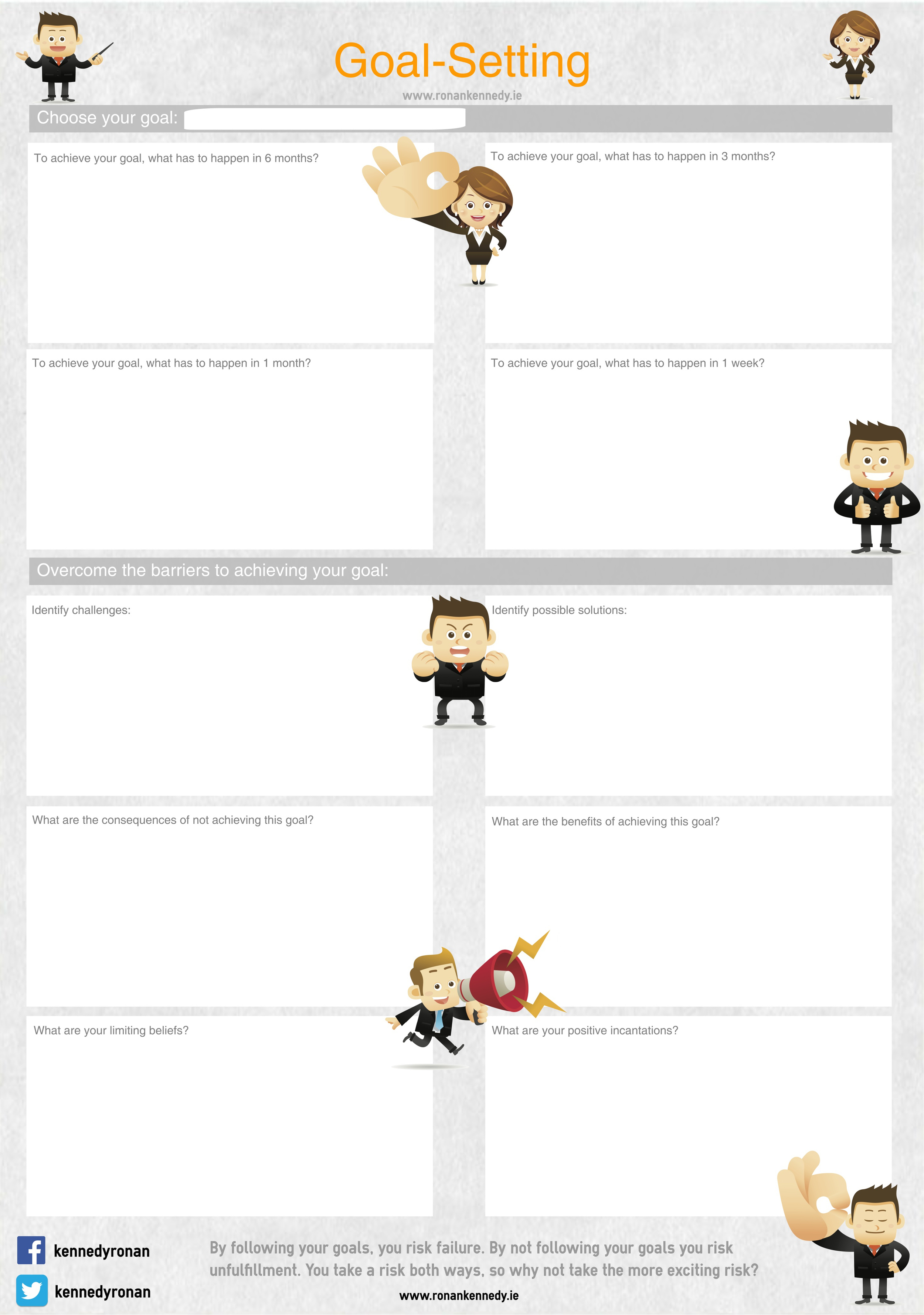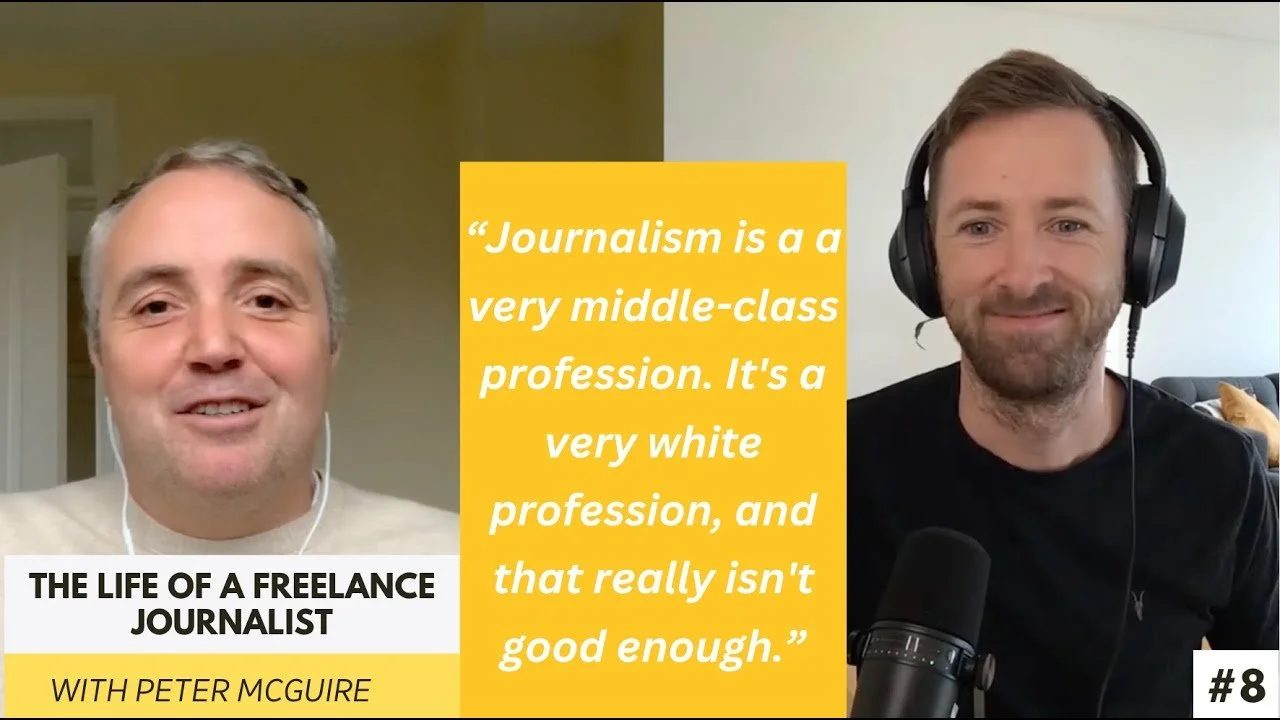The 10 Steps of Compelling Goal-Setting
Download the PDF here
Create a vision




Step 1. Write down your vision at the top. (e.g. Change jobs, lose weight, run a marathon etc.)
Step 2. Then, break the process down into small steps starting with what you need to do in 6
months, then 3 months, 1 month and finally 1 week.
Step 3. Be very clear about the steps to achieve this and seek advice from professionals if needed.
Step 4. See the examples above for more information and tips.
Identify challenges and possible solutions


Step 5. Write down challenges that you think you may face along the journey. You don't need to be sure of them but just noting them with help you predict them in advance.
Step 6. Write down the possible solutions for the challenges. These don't need to be definite solutions. The idea is that if we start to search for solutions now, they'll be easier to find in the future.
Understand the consequences and benefits


Step 7. Write down the consequences of not achieving your goal. What will it cost you? What will it cost your family and friends. What will it cost your career or health? How will you feel?
Step 8. Write down the benefits? What will it mean for you? What will it mean for the people you care about What will it give you? What will it allow you to do? How will your life be?
Acknowledge limiting beliefs and create positive incantations


Step 9. Limiting beliefs are things that we sometimes believe are holding us back and preventing us from doing what we want or need to do. The difference between limiting beliefs and real limits is that real limits are definite proven facts, whereas limiting beliefs are just beliefs. (e.g. "I can't run a marathon because I don't have the right body frame", Or "there are no jobs out there!"). We don't know these for sure or often the facts are against us but we still believe that they are obstacles for us. If you believe you can't run a marathon only because of your body frame, we would have to know for sure that no-one else with your body frame has ever done it before to know that it's a limit. And even then, it's not necessarily a limit.
Step 10. Positive incantations involve creating words or phrases that you can say to yourself to counteract limiting beliefs. Words have a unique meaning to each individual so it's important that we use them well (e.g. "I'll find a way", "just do it", "back yourself")
Finally, put your goal-setting chart on your wall, take a photo with your phone or put it anywhere else that is in your focus. That way you won't forget what you need to be doing to make progress.
I hope this post have been of help to you. Feel free to contact me for more information, comments or questions. Thanks, Ronan






























